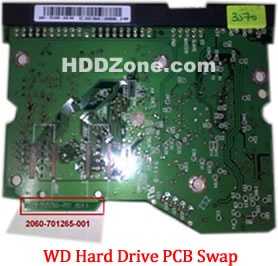 What is USB 2.0?
What is USB 2.0?
USB 2.0 is the industry standard peripheral connection type for most x86 computers (Windows based). This specification is rated with maximum transfer rate of 480Mb/s (60MB/s). Sustained transfer rate of USB 2.0 depends on many factors including type of device in use, data being transferred, and speed of the computer system. A normal sustained data transfer rate for USB 2.0 ranges from 10-30 MB/s. Only burst data transfers can reach the 480Mb/s rate.
What are the benefits of USB 2.0?
- USB 2.0 (and earlier 1.1 version ) is “hot swappable,” eliminating the need to reboot or restart your computer when attaching a device.
- There’s no need for terminators, memory addresses or ID numbers with USB devices.
- Various sorts of devices can plug into a USB port: external hard drives, digital cameras, printers, Zip drives, SuperDisk drives, floppy drives, mice, keyboards, etc.
What is FireWire?
FireWire is a high-performance connection standard for personal computers and consumer electronics. Originally developed for Apple computers, this connection has been implemented by x86 computers for some time now. FireWire can move large amounts of data between computers and peripheral devices at transfer rates of up to 400 Mb/s (50 MB/s). A new FireWire specification, FireWire 800 (or FireWire B) has entered the computer market with transfer rates of up to 800 Mb/s (100MB/s).
What are the benefits of FireWire?
- FireWire is “hot swappable,” eliminating the need to reboot or restart your computer when attaching a device.
- There is no need for terminators, memory addresses of ID numbers with FireWire devices.
- The FireWire market is growing at a tremendous rate and device types previously supported only by USB are now supported by FireWire. Most devices include Imaging and external storage devices.
- Though USB 2.0 is rated at a higher throughput speed (480Mb/s related to FireWire’s 400Mb/s), FireWire delivers faster performance for sustained transfer rates on external hard drives. This is because FireWire has lower overhead (less instructions that the CPU has to interpret related to USB 2.0).
Which connection type is better? USB 2.0 or FireWire?
- If you plan on transferring large amounts of data often, then FireWire would be the best connection type for you. Most Audio/Video programs recommend FireWire over USB 2.0 devices.
- If you want the versatility of connecting the hard drive to many different computer systems quickly and easily, and transfer rates are not that important, then USB 2.0 would be the preferred connection type.



